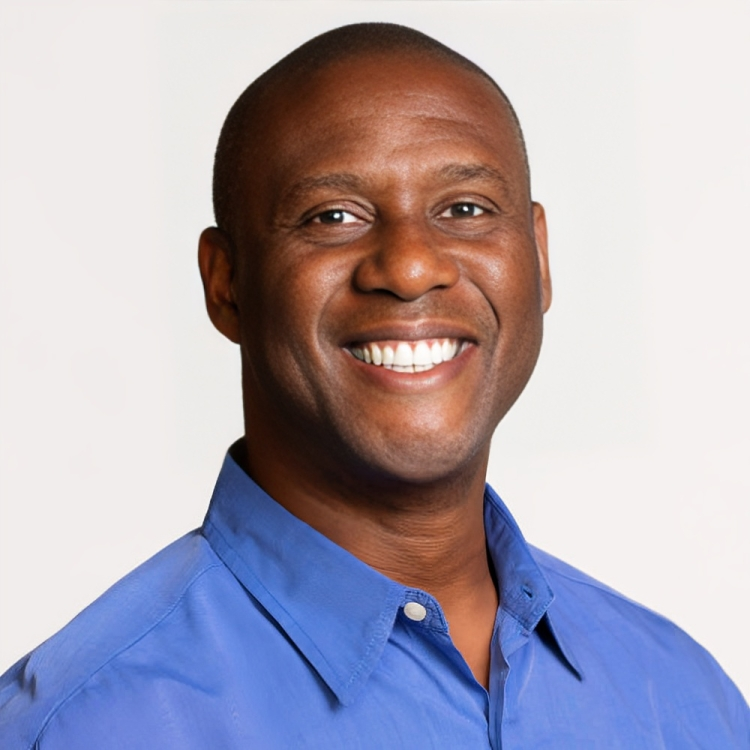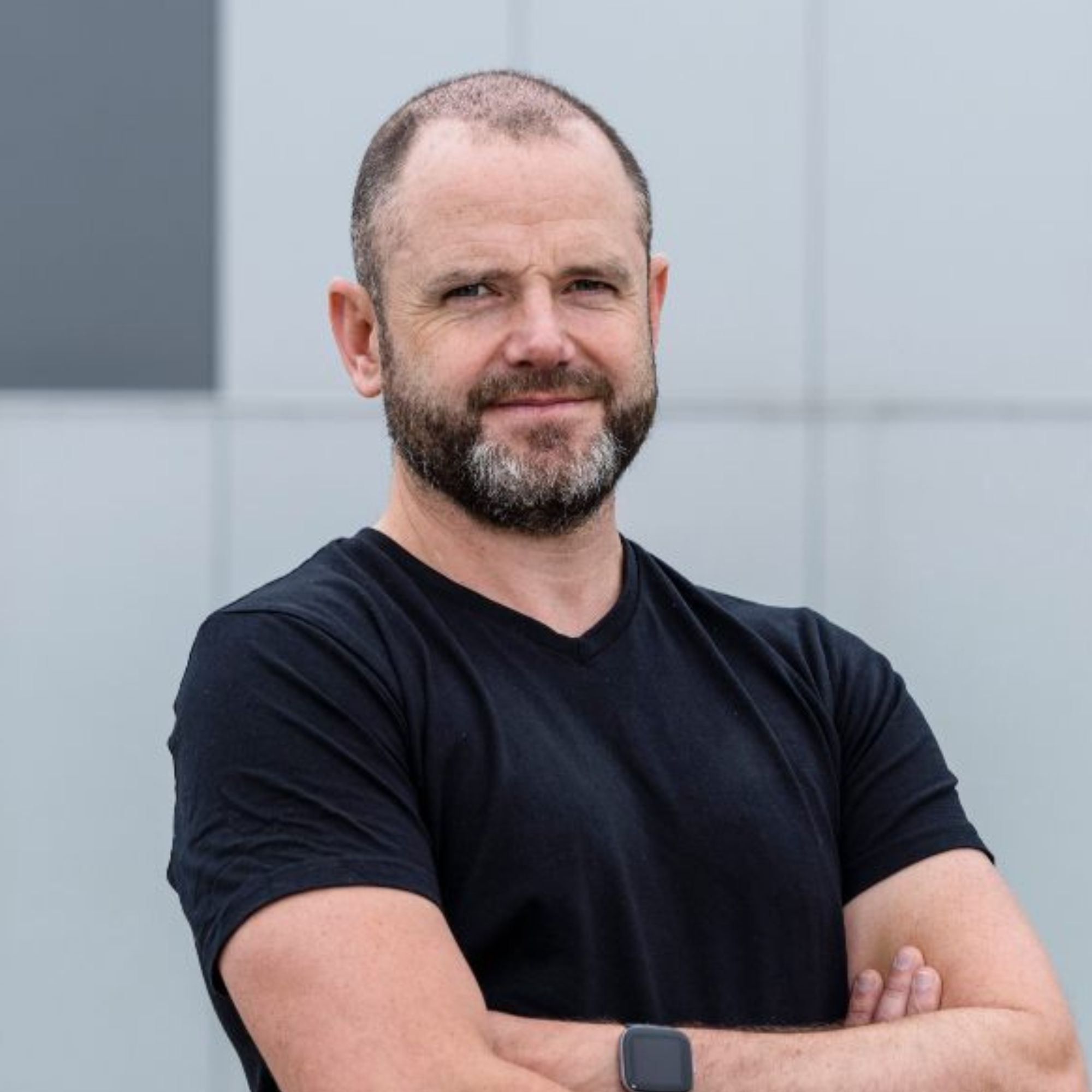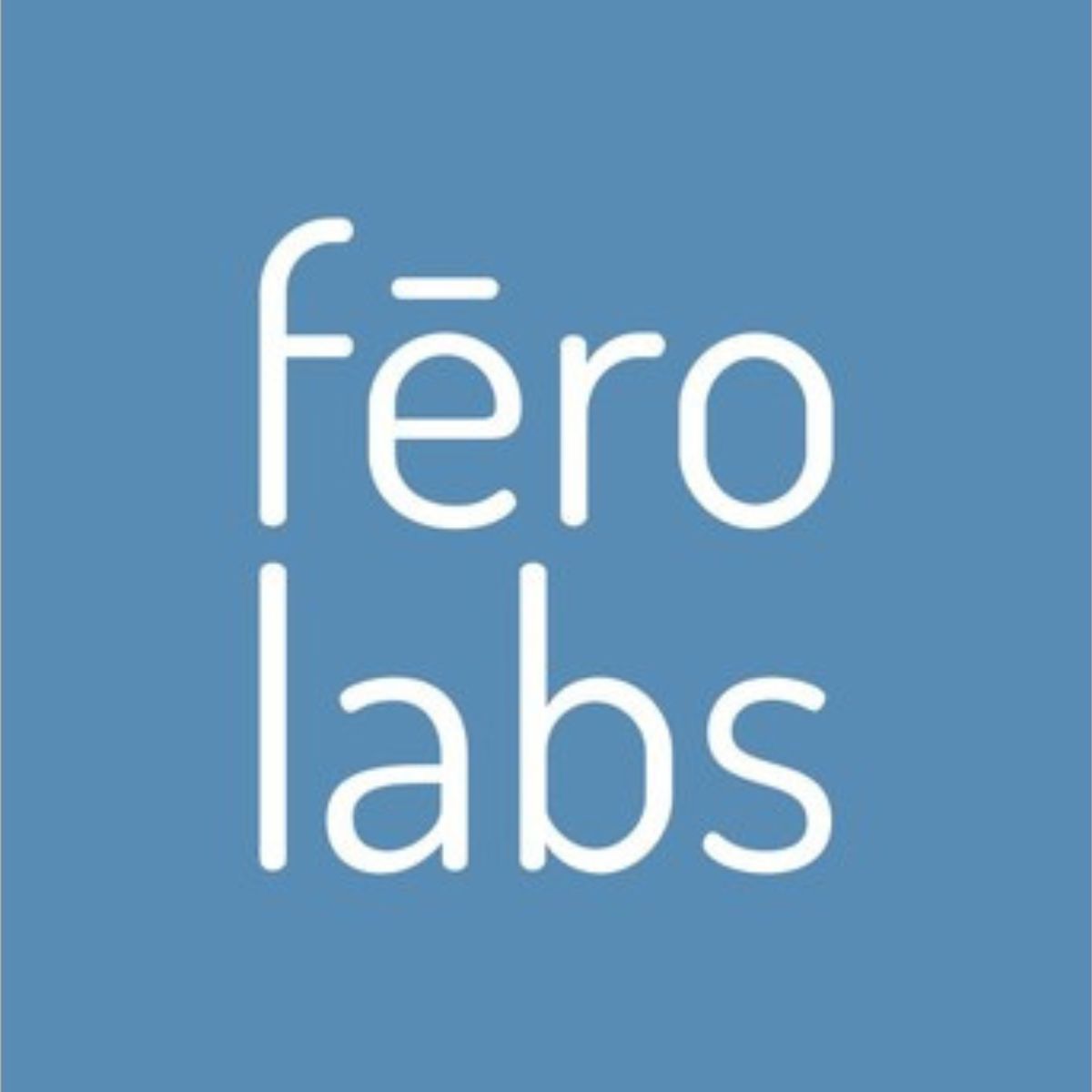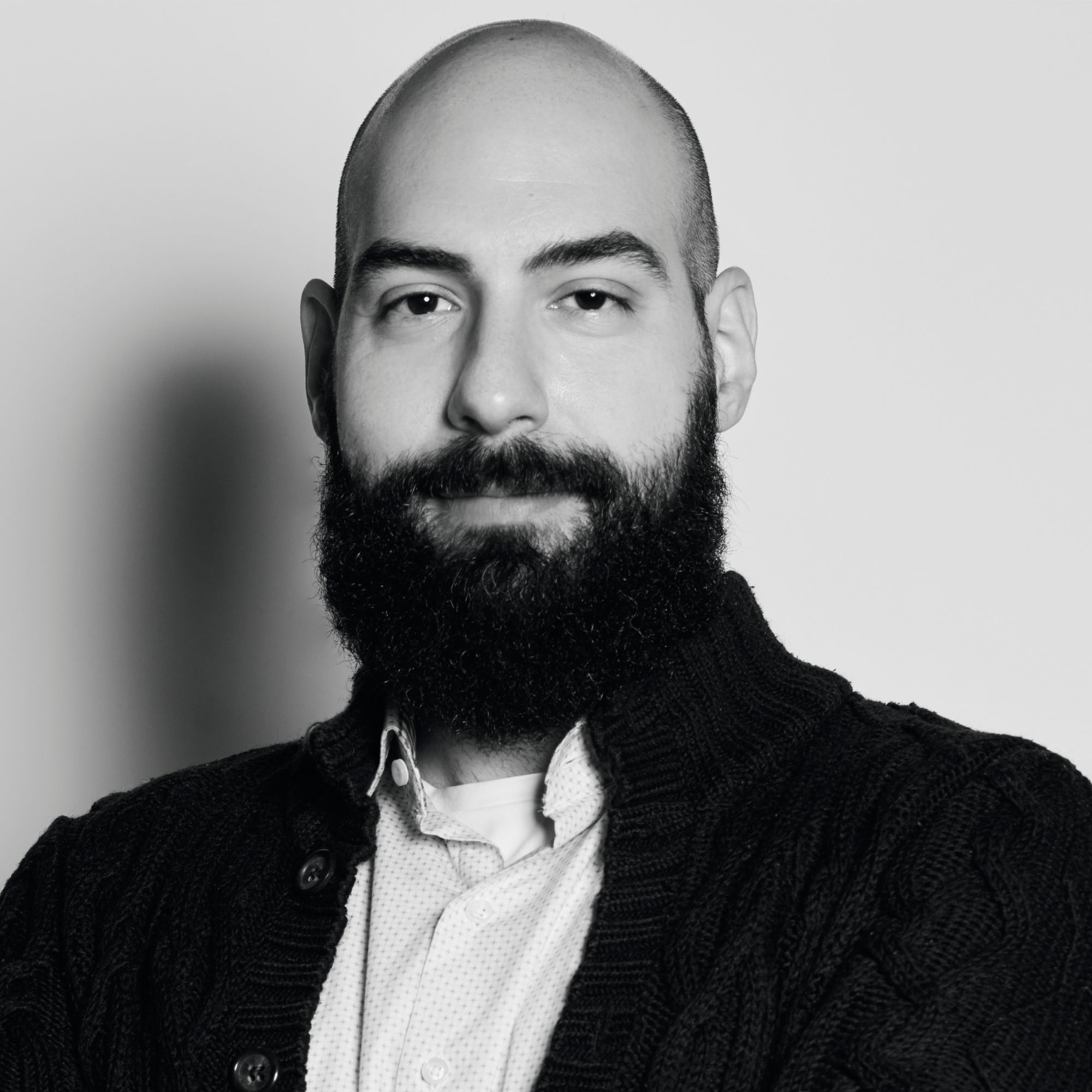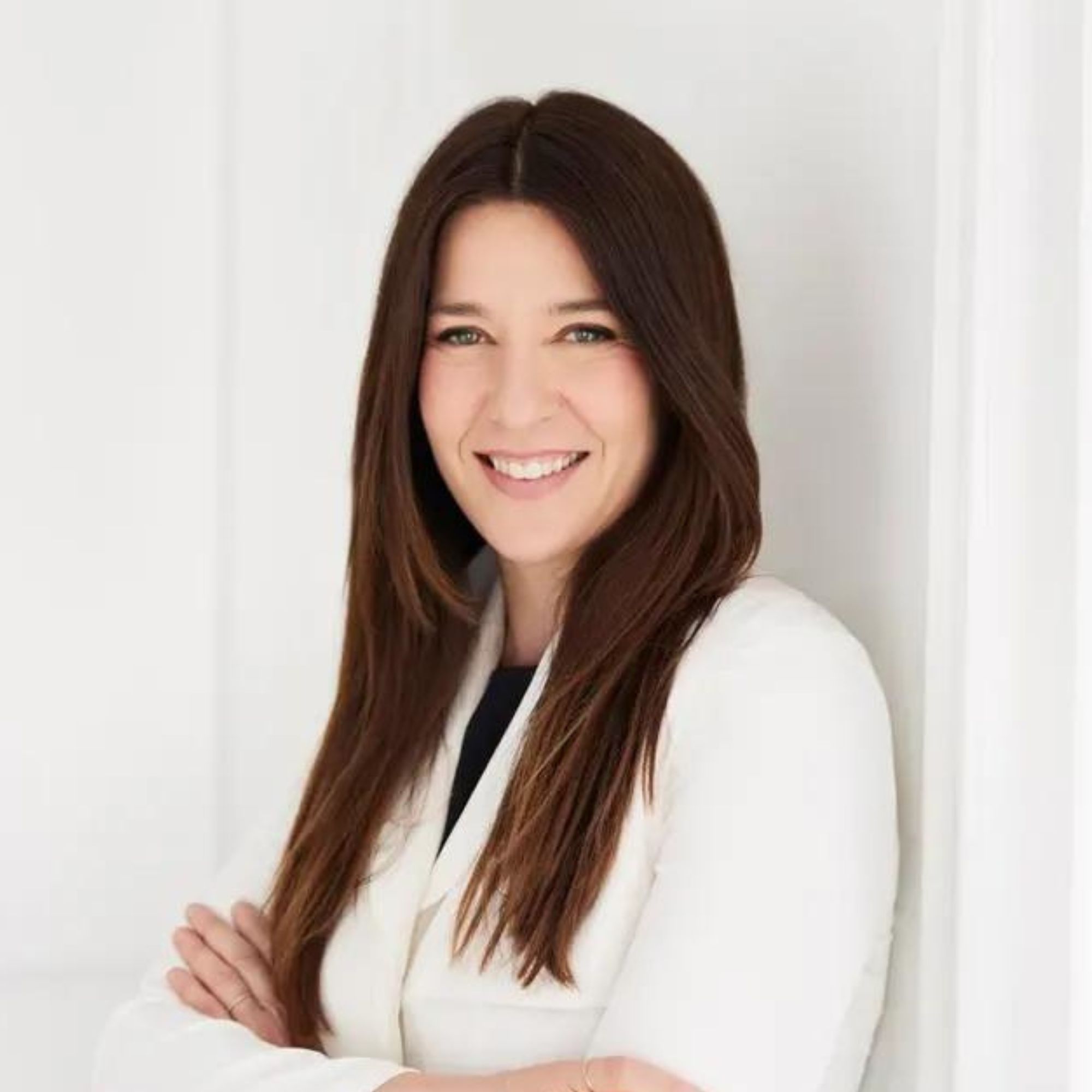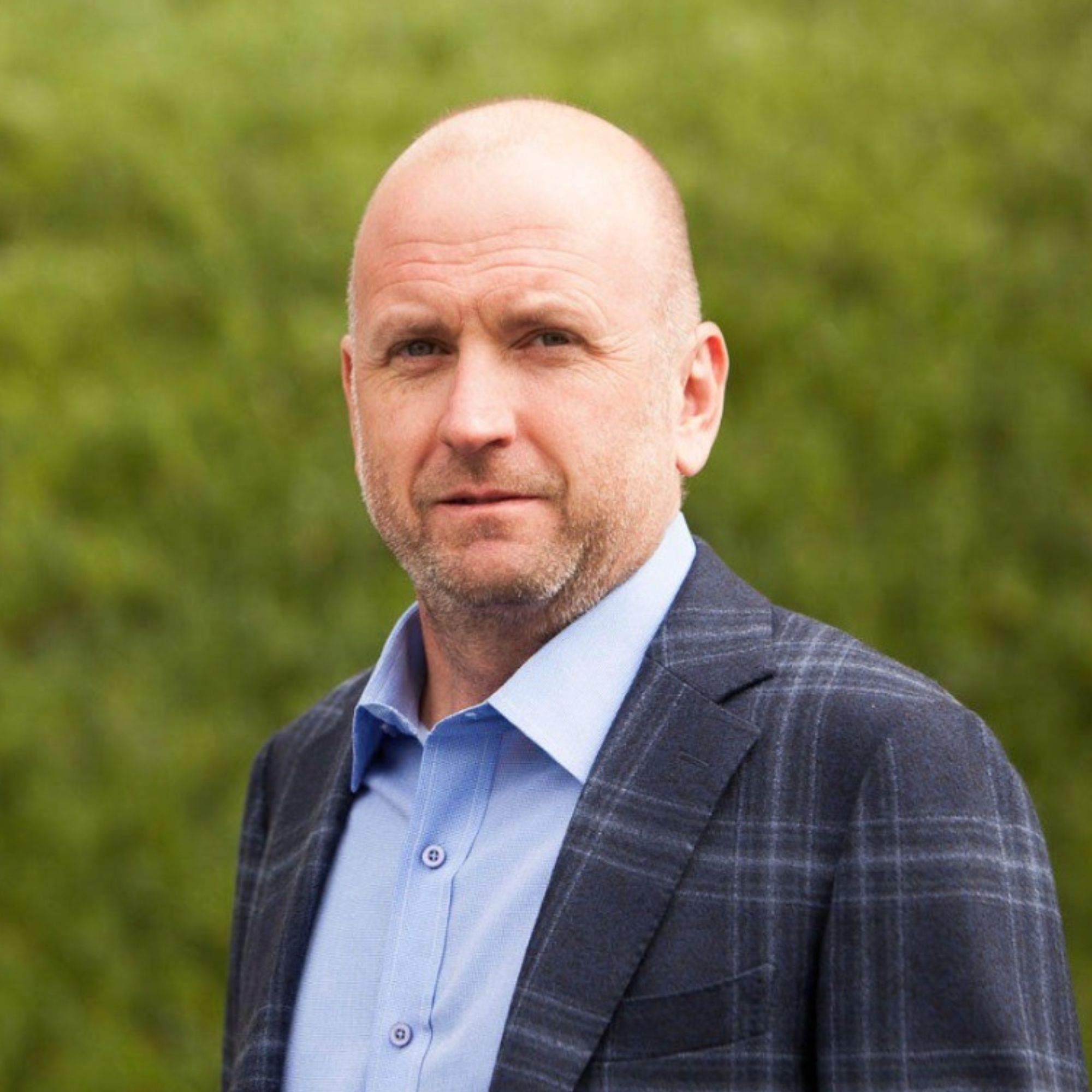We only take on 4 clients per month. Join our October cohort. 1 spot left.
Conversation
Highlights
Welcome to another episode of Category Visionaries — the show that explores GTM stories from tech’s most innovative B2B founders. In today’s episode, we’re speaking with Claudius Jehle, CEO & Co-Founder of Volytica Diagnostics, a battery diagnostics platform that has raised over $9 Million in funding.
Here are the most interesting points from our conversation:
- Pioneering Battery Diagnostics: Claudius transitioned from mechanical engineering to e-mobility, focusing on the degradation and quality assessment of electric bus batteries, leading to the foundation of Volytica Diagnostics.
- Innovative Technology Development: Initially working with telematic IoT devices, Claudius developed algorithms to analyze field data from batteries in real-time, which became the core IP of Volytica Diagnostics.
- Navigating Early Challenges: The company faced significant challenges during its early days, especially amid COVID-19, including securing funding and negotiating licensing agreements with academic institutions.
- Strategic Early Adopters: Claudius emphasized the importance of speaking at industry events and leveraging his network to attract early adopters, though he noted the need for a more scalable approach like webinars and online marketing.
- Global Monitoring: Volytica Diagnostics now monitors over a gigawatt hour of batteries across various applications worldwide, including utility-scale systems and public transport, showcasing their expansive growth and traction.
- Critical Go-to-Market Decisions: The decision to focus on API-based integrations and partnering with established companies in the logistics and utility sectors was pivotal, allowing for scalable and widespread adoption of their technology.
Actionable
Takeaways
Harness Industry Events for Early Adoption:
Speaking at relevant events can attract early adopters, providing a platform to share your story and showcase your technology effectively.
API Integration for Scalability:
Focusing on well-documented APIs allows your technology to integrate seamlessly into existing systems, making it more accessible and easier to adopt for various stakeholders.
Patience in Market Development:
Building a company in a nascent market requires patience and a long-term vision. It's crucial to maintain efficient team growth and prudent financial management.
Marketing for Trust in High-Tech Ventures:
In complex technological fields, establishing trust through transparent and reliable information is essential. Content marketing, webinars, and case studies can help build credibility.
Differentiated Investor and Customer Pitches:
Tailor your pitch to the audience, recognizing that investors and customers have different priorities and interests. This helps in effectively communicating your value proposition to each group.

